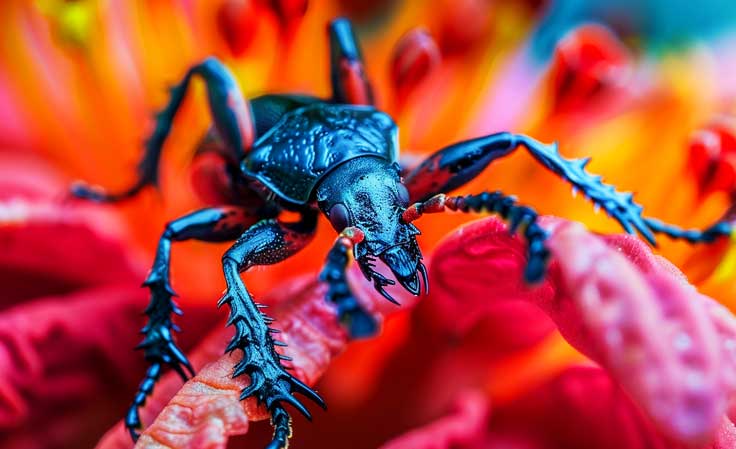
Natural Pest Control for Small Gardens: The Power of Companion Planting
Isn't it disheartening to find your carefully tended garden suddenly under siege? You've poured your heart and soul into nurturing your plants, only to discover aphids munching on your tomatoes, cabbage worms decimating your kale, or spider mites sucking the life out of your beans. The thought of resorting to harsh chemicals in your small, precious space probably makes you cringe. But what if I told you there's a beautiful, natural, and effective way to manage these pests? Enter companion planting! This article will guide you through using the power of Marigolds, Dill, and Rosemary to combat these common garden invaders, embracing the self-sufficiency of growing your own pest control.

Understanding the Pests (Aphids, Cabbage Worms, Spider Mites)
Before we delve into the solutions, let's understand our adversaries.
Aphids: These tiny, sap-sucking insects are a common nuisance. They cluster on the stems and undersides of leaves, particularly loving tomatoes, peppers, and roses. You'll recognize them by their small size, often green, black, or white coloration, and the sticky "honeydew" they excrete, which can lead to sooty mold.
Cabbage Worms: These green caterpillars are the larvae of cabbage white butterflies and moths. They are voracious eaters, chewing large holes in the leaves of brassicas like cabbage, broccoli, kale, and Brussels sprouts. Look for them directly on the leaves or their telltale droppings.
Spider Mites: These minuscule pests are difficult to see with the naked eye, but their damage is evident. They suck plant juices, causing leaves to become stippled, yellowed, and eventually covered in fine webbing. They thrive in hot, dry conditions and particularly target beans, cucumbers, and strawberries.
These pests can be particularly challenging in small garden environments because they can quickly overwhelm a limited space.

The Power of Companion Planting
Companion planting is the practice of growing different plants together for mutual benefit. Some plants deter pests, while others attract beneficial insects that prey on those pests. It's a natural, time-tested method that avoids the need for harsh chemical pesticides, which can harm beneficial insects, contaminate your soil, and leave residues on your produce. In a small garden, the benefits of companion planting are amplified, creating a mini-ecosystem where plants support each other's health and vitality.
Marigolds vs. Aphids
Marigolds are a gardener's best friend, especially when it comes to combating aphids. These cheerful flowers emit a strong scent that aphids simply dislike. It disrupts their ability to find host plants, effectively deterring them from settling in your garden.
Planting Marigolds directly next to vulnerable plants like tomatoes, peppers, and roses creates a protective barrier. Their vibrant colors also add beauty to your garden!
Tips for Growing Healthy Marigolds:
- Sunlight: Marigolds thrive in full sun (6-8 hours of direct sunlight per day).
- Watering: Water regularly, especially during dry spells, but avoid overwatering, which can lead to root rot.
- Deadheading: Remove spent flowers to encourage continuous blooming.
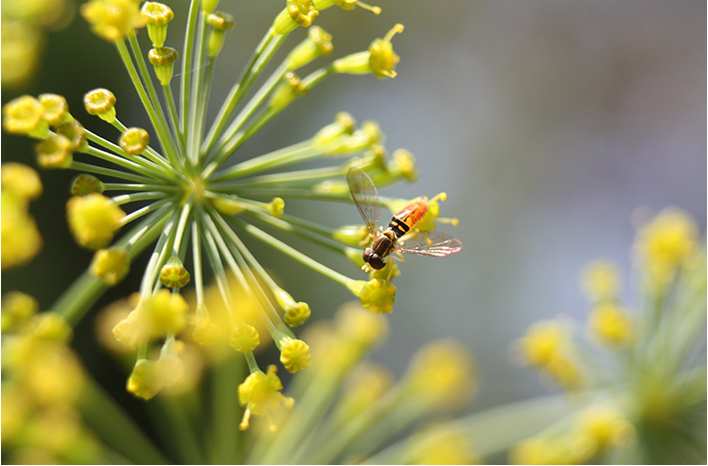
Dill vs. Cabbage Worms
Dill is more than just a flavorful herb; it's a powerful ally in the fight against cabbage worms. This feathery plant attracts beneficial insects like wasps and ladybugs, which are natural predators of cabbage worms. These tiny warriors will patrol your garden, feasting on cabbage worm larvae and keeping their populations in check.
Plant Dill near brassicas like cabbage, broccoli, and kale to create a protective haven for these essential vegetables.
Tips for Dill Cultivation:
- Allow Some to Flower: Letting some of your Dill plants flower will maximize their attractiveness to beneficial insects.
- Succession Planting: Sow Dill seeds every few weeks for a continuous supply of fresh Dill and a constant attraction for beneficial insects throughout the growing season.
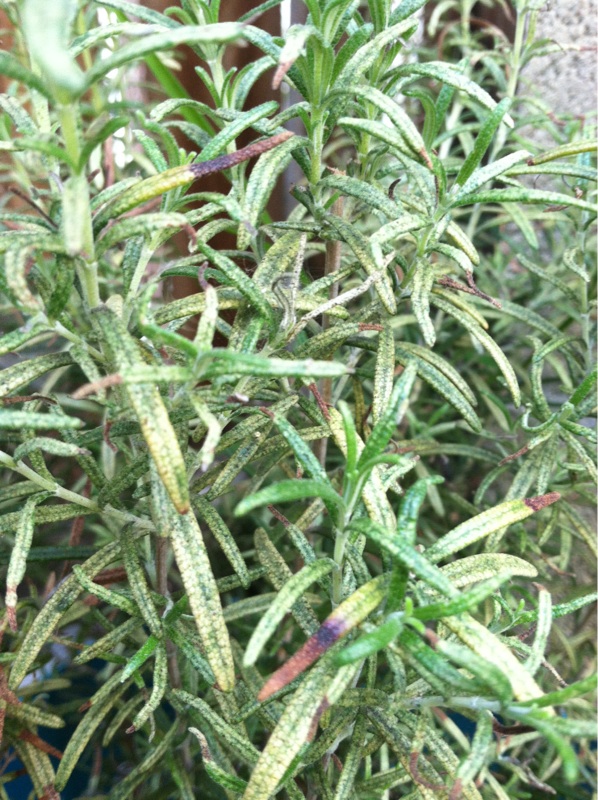
Rosemary vs. Spider Mites
Rosemary's strong, pungent scent is delightful to us, but repulsive to spider mites. Planting Rosemary near plants susceptible to spider mites, such as beans, cucumbers, and strawberries, creates a natural barrier that these pests will avoid.
Beyond its pest-repelling properties, Rosemary is a beautiful and versatile herb that adds flavor to your cooking.
Care Tips for Rosemary:
- Well-Drained Soil: Rosemary thrives in well-drained soil to prevent root rot.
- Full Sun: Plant in a location that receives at least six hours of sunlight per day.
- Pruning: Prune regularly to maintain its shape and encourage new growth.

Planting Layout for Small Gardens
Incorporating these companion plants into a small garden requires a bit of planning, but the rewards are well worth the effort.
- Interplanting: Plant Marigolds, Dill, and Rosemary directly among your vegetables, spacing them strategically to maximize their pest-repelling benefits.
- Container Gardening: Grow these companion plants in pots and containers, placing them near vulnerable plants. This is a great option for balconies, patios, and small spaces.
- Vertical Gardening: Utilize vertical structures like trellises and hanging baskets to maximize space and create a visually appealing garden. Plant Rosemary in hanging baskets near your cucumbers or beans to deter spider mites. Dill can also be planted in vertical planters near your brassicas.
By combining these techniques, you can create a thriving, pest-resistant garden even in the smallest of spaces.
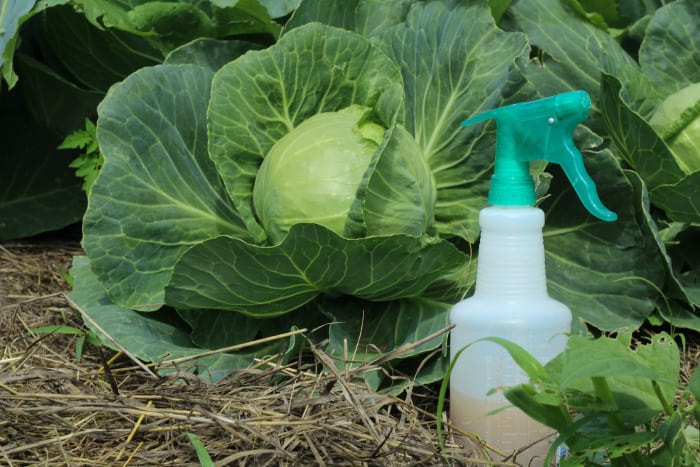
DIY Pest Repellent Spray
For an extra layer of defense, try this simple homemade pest repellent spray using ingredients you might already grow in your garden!
Recipe:
- 6 cloves garlic, minced
- 2-3 small chili peppers, finely chopped
- 4 cups water
- 1 tbsp liquid castile soap
Instructions:
- Steep garlic and chili in water for 24 hours.
- Strain the mixture.
- Add liquid castile soap.
- Spray affected plants, focusing on the undersides of leaves where pests often hide.
This spray acts as a natural irritant to aphids, cabbage worms, and spider mites, deterring them from feeding on your plants. Use it in conjunction with companion planting for optimal pest control.
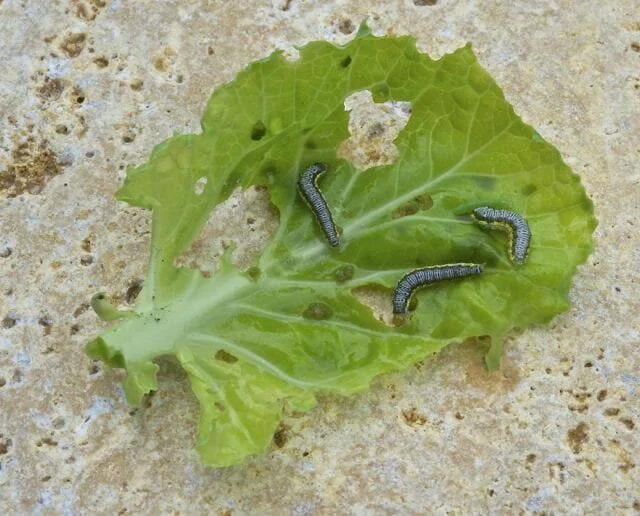
Conclusion
Companion planting offers a natural, sustainable, and beautiful way to manage pests in your small garden. By harnessing the power of Marigolds, Dill, and Rosemary, you can create a thriving ecosystem that supports healthy plant growth and minimizes the need for harmful chemicals. Not only are you protecting your garden, but you're also promoting biodiversity and embracing the self-sufficiency that comes with growing your own food and pest control solutions. So, what are you waiting for? Start planting your pest-repelling garden today!
